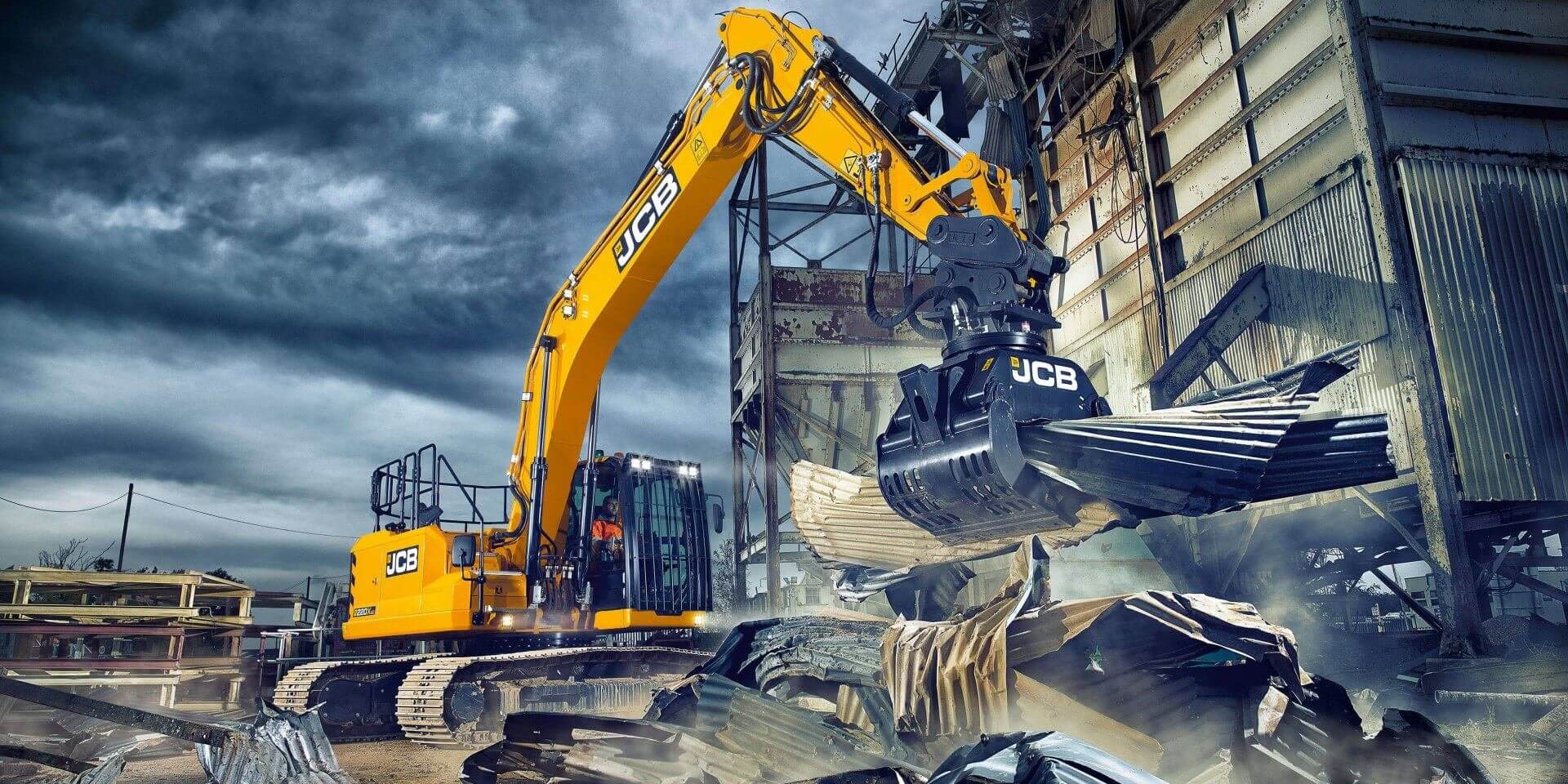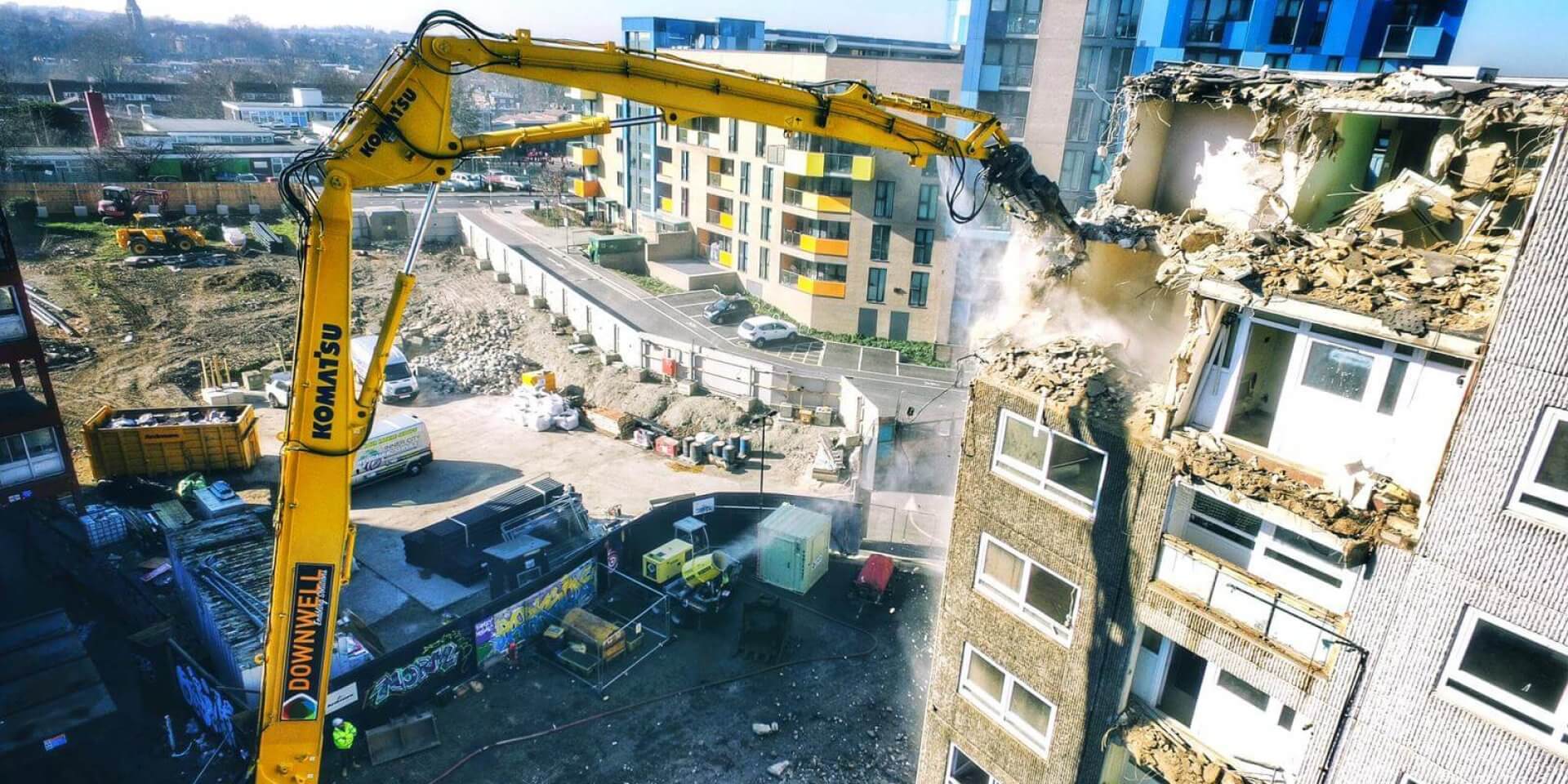The UK is to get a new equipment exhibition but (and it has more but than J-Lo).
 Regular readers will be all too aware of our feelings of respect and admiration for the fair-weather money grabbers and bean counters who bled dry and discarded the corpse of the UK institution that was the SED exhibition.
Regular readers will be all too aware of our feelings of respect and admiration for the fair-weather money grabbers and bean counters who bled dry and discarded the corpse of the UK institution that was the SED exhibition.
So we were excited when we heard that a bunch of brave souls had decided to pick up the baton, dropped so unceremoniously by the SED organisers, in an attempt to stage a new working exhibition of construction and demolition equipment exhibition here in the UK. We certainly wish the Construction Equipment Association every success in this brave and noble venture.
However (and you could sense there would be a however, couldn’t you) the organisers are already making life difficult for themselves.
For one thing, the inaugural show is scheduled for 2013. Setting aside the fact that it’s two years away and Lord-alone knows if we’ll be able to afford the petrol by then, it’s 2013…. Twenty-THIRTEEN. We can only assume the organisers aren’t big on superstition.
Secondly, the team behind the exhibition have named it Plantworx, burdening their yet-to-be-born progeny with the lamest name since Frank Zappa held his newborn daughter aloft, pronouncing “and we shall call her Moon Unit“.
But superstition and daft names pale into insignificance alongside the decision to launch a new construction equipment extravaganza in a Bauma year (for our American readers, this is akin to hosting a formal no TV, beer or nachos themed party on the day of the SuperBowl). Anyone with any connection with the SED show will know that exhibitor numbers fell away like a politician’s promises whenever there was another big show taking place in the same year. And shows don’t come any bigger than Bauma. The organisers of Plantworx (that name doesn’t get any better, does it) don’t just face an uphill struggle; they’re stood at the foot of a German Everest, armed only with a great deal of enthusiasm and a packed lunch.
Yet they do have some big names on board. While their show was in it’s death throes, the organisers of SED attempted to lure the industry half-way across the country with the promise of meeting the UK’s premier trailer manufacturer and some guy selling workwear from the back of a van. Plantworx already has the backing of JCB, Volvo and Manitou; and with two years of hard-selling still to play with, these surely won’t be the only big names to lend this well-intentioned venture their support.
One thing’s for sure. When 14 May 2013 rolls around, DemolitionNews will be at Stoneleigh Park in Warwickshire…assuming, of course, that they’ve forgotten what we said about their name choice by then.
 And they said it would never last!
And they said it would never last!




 It’s been the talk of the high reach excavator market for months; but Heavy Decom International’s new machine is ready to go to work.
It’s been the talk of the high reach excavator market for months; but Heavy Decom International’s new machine is ready to go to work.
 The
The  Regular readers will be all too aware of our feelings of respect and admiration for the fair-weather money grabbers and bean counters who bled dry and discarded the corpse of the UK institution that was the
Regular readers will be all too aware of our feelings of respect and admiration for the fair-weather money grabbers and bean counters who bled dry and discarded the corpse of the UK institution that was the  Experts at Rotherham-based Ron Hull Demolition have successfully demolished the hundred foot high coal train loading bunker on the Welbeck Colliery in North Nottinghamshire.
Experts at Rotherham-based Ron Hull Demolition have successfully demolished the hundred foot high coal train loading bunker on the Welbeck Colliery in North Nottinghamshire.